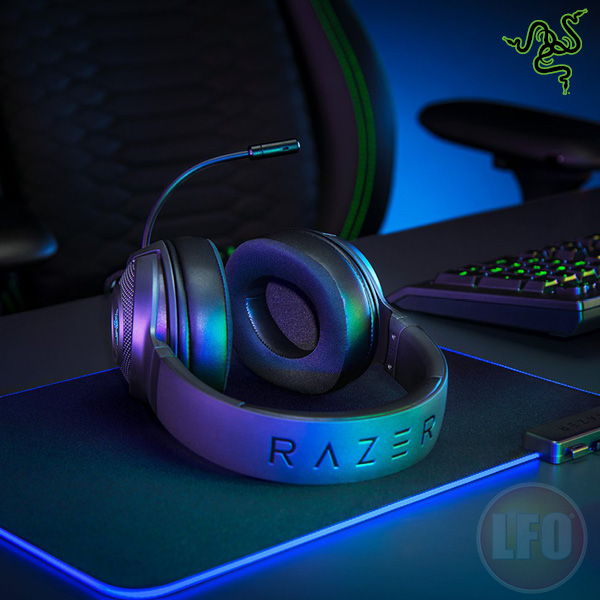The Impact of Dust on Your Computer’s Performance
The Impact of Dust on Your Computer’s Performance The life of a computer is influenced significantly by the environment in which it operates. One factor that often goes unnoticed but has a tremendous impact on the efficiency of your computer is dust. Yes, the tiny particles that accumulate over time



